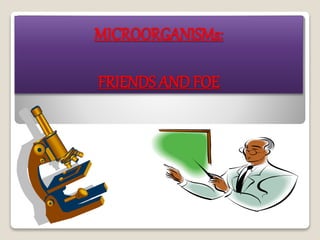Here are the key points about each disease:
Malaria - Protozoan parasite Plasmodium, transmitted by mosquito bites. Symptoms include fever, chills, flu-like illness. Prevention includes mosquito nets, repellents, malaria prevention drugs.
Amoebic dysentery - Protozoan parasite Entamoeba histolytica, transmitted through contaminated food or water. Symptoms include bloody diarrhea, stomach cramps, fever. Prevention includes proper sanitation, boiling water, hand washing.
Measles - Virus transmitted through coughs/sneezes. Symptoms include high fever, runny nose, bloodshot eyes, tiny white spots inside mouth. Prevention includes MMR































